The Leading Edge: May 2024 Wind Energy Newsletter
In this issue, NREL shares Collegiate Wind Competition news, how artificial intelligence can be used in the wind energy industry, reference wind turbines, and more.
Upwind: Featured News
Midyear Accomplishments Report Celebrates the Power of Partnerships
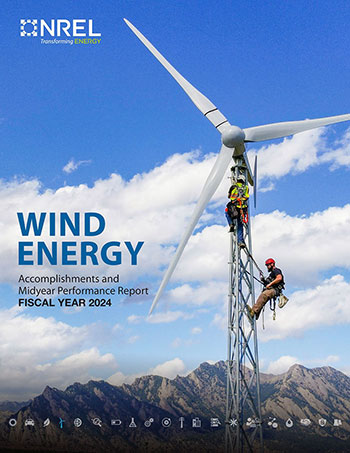
NREL just released its Wind Energy Accomplishments and Midyear Performance Report Fiscal Year 2024, which showcases the wind energy program’s major accomplishments from October to March. These achievements have helped propel wind energy research and the industry forward, so the country can fulfill growing demand for wind energy development and meet its clean energy goals.
But our researchers don’t always operate alone. This year, our report celebrates how much can be accomplished through partnerships with government, national laboratories, industry, academia, and communities—all with support from the U.S. Department of Energy’s (DOE's) Wind Energy Technologies Office. For example, our collaborative teams are helping industry validate and improve tools to help build the next generation of wind turbines, identify sites for wind energy plants (and optimal configurations), and more. NREL plays a leading role in advancing wind energy—and we do so thanks, in part, to our outstanding partners.
California State University Maritime Academy Claims First Place in 2024 Collegiate Wind Competition
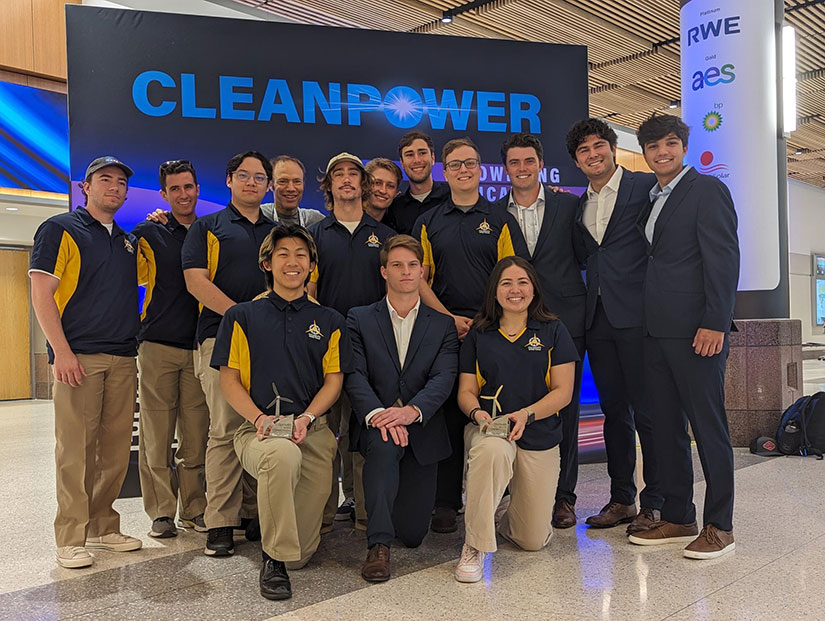
The U.S. Department of Energy announced the winners of the 2024 Collegiate Wind Competition. This year, California State University Maritime Academy claimed the top spot, showcasing innovation in wind energy. It also won the Turbine Testing Contest. The Collegiate Wind Competition is an annual event that prepares future wind energy professionals through hands-on experience and project development. The 2024 competition focused on offshore wind energy, challenging participants to explore its role in a diverse power system and propose solutions to integrate offshore wind energy into hybrid systems. Congratulations to the winners and to all the 2024 teams. Applications for the DOE 2025 Collegiate Wind Competition are now open.
Artificial Intelligence Can Help Wind Energy Plants Reduce Costs, Land Use
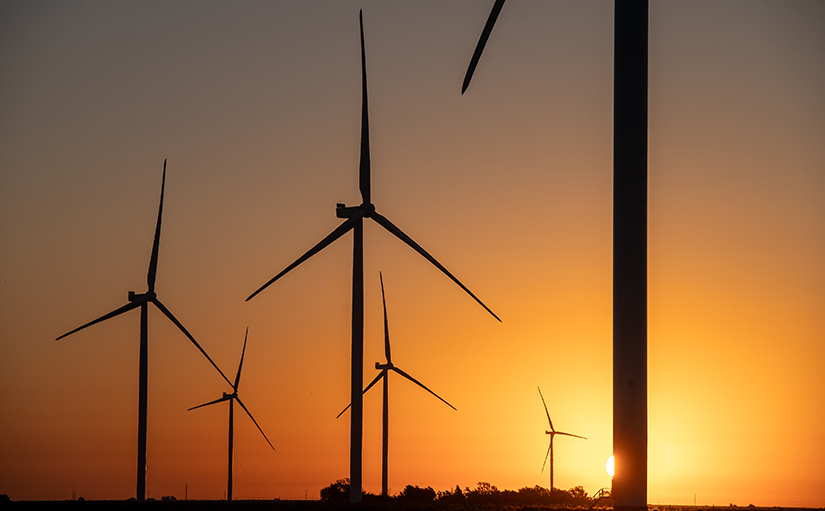
In a new National Renewable Energy Laboratory (NREL) study published in Nature Energy, researchers discovered that artificial intelligence could help the wind energy industry optimize its plant designs, increase its revenue, and reduce its land use. The team developed an artificial-intelligence-based model that ingested simulations of more than 250,000 wind energy plant layouts and conditions. With those data, the model can determine how to optimize a new wind energy plant to prioritize cost, energy production, or reduced land use.
Behind the Blades
How Jason Roadman’s Daily Commute Inspired a New Career Path
Meet Jason Roadman, whose background in aerospace engineering led him to a career
as a wind energy field test engineer at NREL. Image by John Frenzl, NREL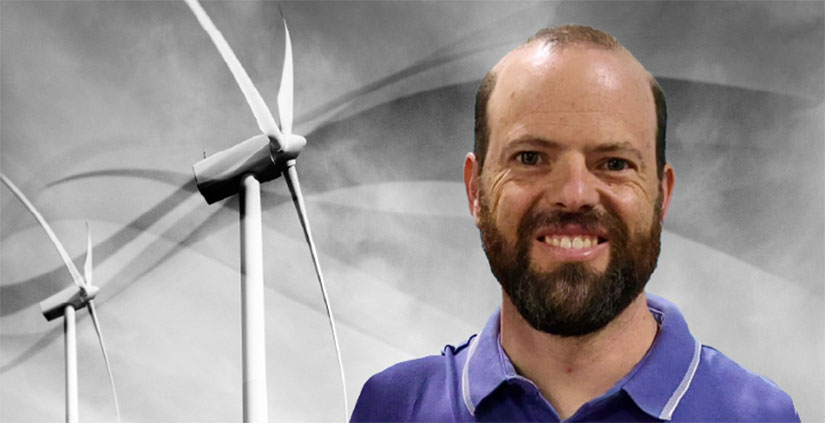
Jason Roadman's interest in wind turbines began during his daily commute past NREL’s Flatirons Campus. His curiosity, coupled with a desire to use his aerospace engineering skills to make a positive impact, led him to a career at NREL.
As an applied research engineer at the National Wind Technology Center, he conducts field experiments on wind turbines, aiming to improve their performance and reliability. Roadman also plays a key role in organizing the U.S. Department of Energy Collegiate Wind Competition, which empowers students to pursue careers in renewable energy. Read the full profile to learn how Roadman is shaping the future of sustainable energy while inspiring the next generation of clean energy professionals. Read the full interview with Jason Roadman.
On the Radar: Project Updates
Winners of Second Phase of Wind Prize Bring Floating Offshore Wind Energy Closer to Fruition
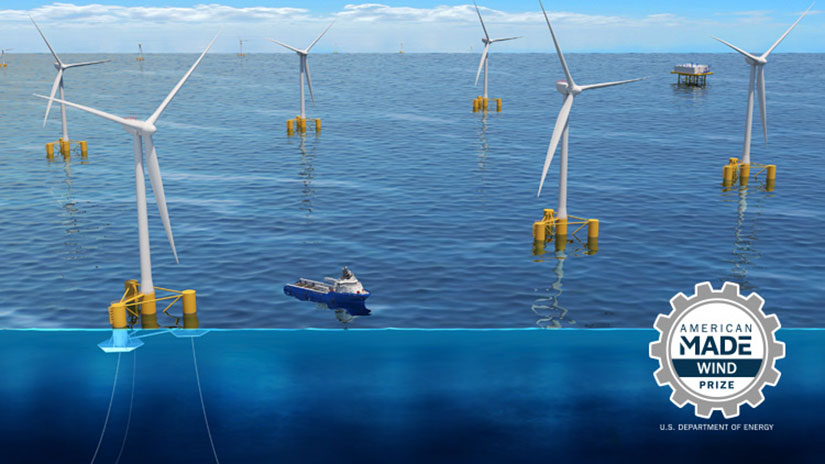
The finalists in the NREL-administered FLoating Offshore Wind ReadINess Prize have been announced, narrowing the field to five competitors with innovative ideas for streamlining floating offshore wind deployment. Each winning team was awarded a cash prize of $450,000 and a $100,000 voucher that can be used for technical support at a DOE national laboratory to refine their designs in the third and final phase of the competition. The prize was designed to inspire solutions to some of the biggest supply chain and execution challenges faced by offshore wind energy in support of the government’s interagency Floating Offshore Wind Shot.
Webinar Helps Rural Small Businesses Apply for Distributed Wind Energy Project Funding
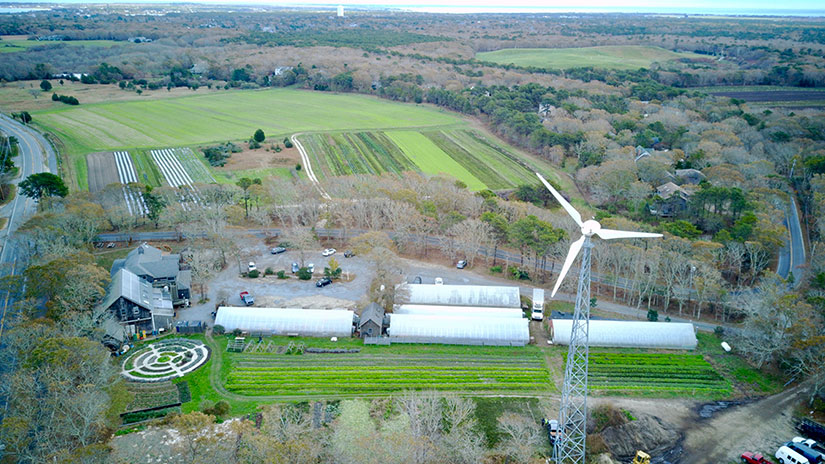
Distributed wind can provide clean, on-site energy at farms, ranches, and rural businesses, lowering energy costs, generating new income, and strengthening operational resiliency. To help agricultural producers and rural small-business owners invest in distributed wind energy, loan and grant awards are available through the U.S. Department of Agriculture (USDA) Rural Energy for America Program (REAP).
Applying for this funding just got easier. Join staff from the USDA and NREL for a virtual 90-minute webinar on June 17, 2024, at 11 a.m. MT. Designed to help rural small businesses prepare successful REAP applications, the USDA REAP Funding for Your Distributed Wind Energy Project webinar on Zoom will feature:
- A discussion of REAP funding opportunities for rural small businesses and cooperatives
- An overview of how distributed wind energy technologies can best contribute to rural businesses
- Tips for submitting a successful REAP application
- A Q&A session—please bring your questions for the experts.
REAP funding is made possible in part by the Inflation Reduction Act, the nation’s largest-ever investment in combating the climate crisis.
NREL encourages interested participants to register on Zoom for the virtual USDA REAP Funding for Your Distributed Wind Energy
Project webinar in advance.
Learn more about distributed wind energy on the Distributed Wind Energy Resource Hub.
Downwind: In Case You Missed It
Reference Turbine Helps Analyze the Big Future of Wind Energy
Wind turbines are growing in both size and power. But, even if larger wind turbines often come with energy and cost benefits, researchers and wind energy developers need to know how their aerodynamic, structural, and aeroelastic properties might impact a wind farm’s potential energy production. Now, thanks to a new 22-MW reference wind turbine, which is detailed in a recent report published by NREL and the Technical University of Denmark, the wind energy community can access open-source data on potential technological challenges associated with these larger, more powerful wind turbines and create more accurate models for how they might impact future wind energy plants.
Robots Could Boost Blade Manufacturing for Wind Turbines

Building blades for offshore wind turbines is a grind (literally). Harsh working conditions can lead to high costs and worker turnover. But that could change with a little help from robots, according to a new study published in Wind Energy. Funded by DOE's Advanced Materials and Manufacturing Technologies Office, the study’s authors determined that automated manufacturing methods, such as those that depend on robots, could be used to trim, grind, and sand blades. This work could help the industry switch to automated manufacturing methods and increase worker safety and well-being without sacrificing productivity or quality.
Upcoming Events, News Mentions, Recent Publications
Upcoming Events
Webinar: The New International Energy Agency Wind 22-Megawatt Reference Wind Turbine
June 6, 2024, Virtual
With a rotor diameter of 284 meters and a hub height of 170 meters, the new 22-MW reference wind turbine provides the wind energy community with open access to the future of offshore wind turbine technology. The reference turbine features realistic and common reference systems designed for investigating not only the technological challenges of such large machines but also whether existing numerical modeling tools and design practices are suitable for the next generation of fixed-bottom and floating offshore wind turbines. Register to learn more about the 22-MW reference wind turbine during this introductory webinar featuring experts from the Technical University of Denmark Wind, NREL, and DNV.
American Floating Offshore Wind Technical Summit
Sept. 24–25, 2024, Portland, Maine
Join leading experts at the American Floating Offshore Wind Technical Summit to address the drivers and challenges of developing the offshore wind industry in Maine and other Northeast states.
North American Wind Energy Academy/WindTech 2024 Conference
Oct. 30–Nov. 1, 2024, New Brunswick, New Jersey
The North American Wind Energy Academy/Wind Tech 2024 conference is taking place at the Hyatt Regency in New Brunswick, New Jersey, this fall. The event will feature software workshops, a graduate student symposium, and more than 20 scientific tracks.
News Mentions
New Studies Highlight Offshore Wind Energy Potential in the Gulf of Mexico, Marine Link, May, 21, 2024
Solar, Wind Completely Replace Diesel at South Pole Station, PV Magazine, May 13, 2024
NREL Tests Automation in Wind Turbine Blade Manufacturing, EV Wind, May 12, 2024
USA: NREL’s Artificial Intelligence Work Reveals Benefits to Wind Industry, Energy Central News, May 8, 2024
NREL’s Robotic Leap in Wind Turbine Blade Manufacturing, Energy + Environment Leader, May 3, 2024
NREL Manufactures Wind Turbine Blades With Help From Robots, Innovation News Network, May 3, 2024
Robots Step Up to the Dirty Work for NREL’s Turbine Manufacturing, Design News, May 2, 2024
Recent Publications
Analysis
Accelerated Lifetime Testing of Main Shaft Seals for Tidal Turbine Rotors, NREL Technical Report (2024)
Levelized Cost of Energy Comparison of Floating Wind Farms With and Without Shared Anchors, NREL Technical Report (2024)
Sunfolding NREL High Wind Test Site Project, NREL Technical Report (2024)
Design
Control Codesign of Wind Turbines, Annual Reviews (2024)
Manufacturing and Materials
Advanced Multimaterial Shape Optimization Methods as Applied to Advanced Manufacturing of Wind Turbine Generators, Wind Energy (2024)
TEAMER Technical Support for Aquantis (Materials), NREL Technical Report (2024)
Toolpath Generation for Automated Wind Turbine Blade Finishing Operations, Wind Energy (2024)
Stakeholder Engagement
An Operations and Maintenance Roadmap for U.S. Offshore Wind, NREL Technical Report (2024)
Technology Innovation
Aerodynamic Rotor Design for a 25 MW Offshore Downwind Turbine, Applied Energy (2024)
Artificial Intelligence-Aided Wind Plant Optimization for Nationwide Evaluation of Land Use and Economic Benefits of Wake Steering, Nature Energy (2024)
The Wind Turbine Rotors of the Future: A Research Agenda From the Big Adaptive Rotor Project, NREL Technical Report (2024)
Wildlife
A Framework for Studying the Effects of Offshore Wind Development on Birds and Bats in the Eastern United States, Frontiers in Marine Science (2024)
Want More?
Subscribe to The Leading Edge newsletter, and explore the latest news and accomplishments in wind energy at NREL.
Share

